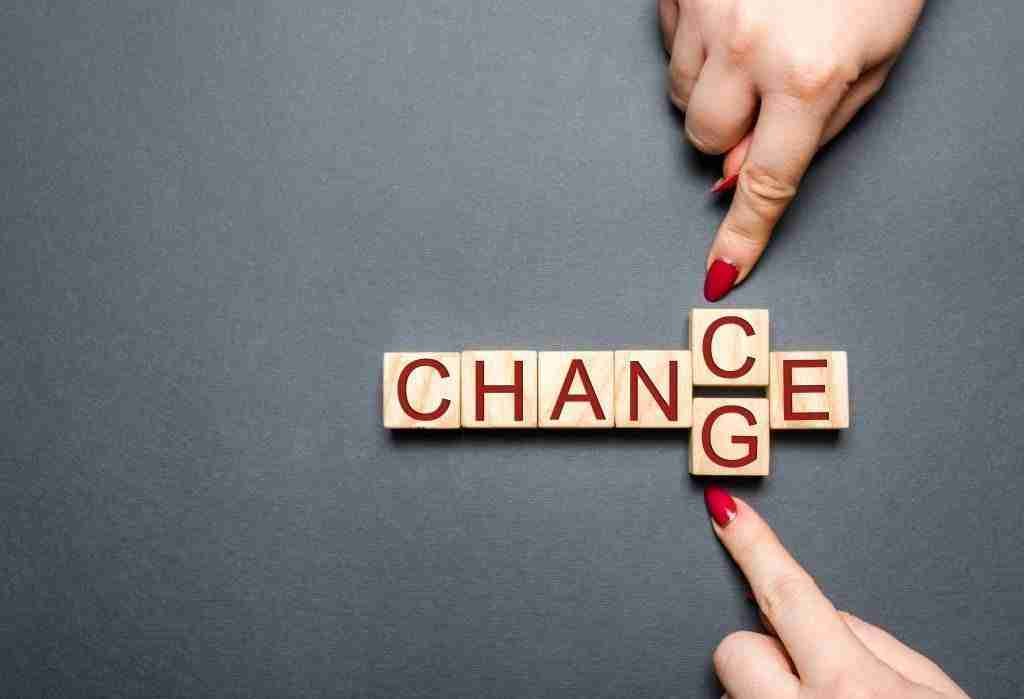Each day presents moments where children need to shift between activities. These transitions shape their emotional development and learning experiences. When we understand how to support these changes, we transform daily challenges into opportunities for growth.
Brain research reveals that children experience transitions differently than adults. A transition represents more than just switching tasks – it involves processing endings, managing emotional responses, and preparing for new beginnings. This post provides science-backed strategies to help your child develop these essential life skills.
The skills children learn during transitions extend far beyond the immediate moment. They build the foundation for emotional regulation, adaptability, and resilience throughout life.

The Science Behind Activity Transitions
Understanding how children’s brains process changes helps parents respond with knowledge and empathy. Recent neuroscience research provides valuable insights into why transitions can be challenging and how we can support our children effectively.
The Neuroscience of Transitions
Research from the Harvard Center on Child Development shows the brain’s response during transitions:
- The amygdala activates during unexpected changes
- Stress hormones increase by 40% during unstructured transitions
- Children aged 3-7 need 2-5 minutes to mentally prepare for changes
- Consistent transition routines reduce stress hormones by 23%
“A child’s brain processes transitions as a complex sequence of endings and beginnings. Each transition builds neural pathways for future adaptability.” – Dr. Sarah Thompson, Neurodevelopmental Researcher
Inner Critic Response: “Other parents don’t need all these special techniques. You’re being too precious about simple changes.”
Responding to the Inner Critic:
- Acknowledge that each child’s brain develops uniquely
- Remember that investing in transition skills prevents future challenges
- Focus on your child’s progress rather than comparing them to others
- Trust that supporting your child builds independence
This scientific understanding forms the basis for effective transition strategies that work with your child’s natural development.
Evidence-Based Transition Tools
These practical tools help children move between activities with confidence. Each tool addresses specific aspects of transition challenges.
1. Visual Support System
Time Timer:
- Shows time passing in a concrete way
- Reduces anxiety about unexpected changes
- Helps children understand time concepts
- Success rate: 78% reduction in transition resistance
Implementation:
- Place timer at child’s eye level
- Explain how much time remains
- Use consistent time intervals
- Celebrate smooth transitions

Transition Cards:
- Display current and next activity
- Create visual security
- Support independent transitions
- Success rate: 82% improvement in cooperation
Schedule Board:
- Maps daily routine visually
- Builds predictability
- Encourages autonomy
- Success rate: 75% reduction in transition anxiety
“Visual tools bridge the gap between abstract time concepts and concrete understanding for children.” – Dr. Michael Davis, Child Development Specialist
Inner Critic Response: “These tools take too much time. Just tell them what to do.”
2. Sensory Transition Signals
Auditory Cues:
- Gentle bells
- Transition songs
- Calming music
- Success rate: 71% faster transitions
Movement Techniques:
- Animal walks between activities
- Stretching sequences
- Deep breathing exercises
- Success rate: 68% improved emotional regulation
Consistent use of these tools creates neural pathways for smoother transitions throughout life.
Implementation Strategies for Parents
Transform your daily routines with these structured approaches. Each strategy builds on natural brain development patterns.
Morning Transition Sequence -The first and last moments of each day shape a child’s emotional well-being and behavioural patterns. Research shows that structured routines reduce anxiety by 43% and improve sleep quality by 37%.
Scientific Benefits of Morning Routines
Research from Stanford Sleep Center reveals that children’s brains process morning transitions differently:
- The first 30 minutes after waking affects hormone regulation
- Gentle transitions increase serotonin production
- Rushed mornings raise cortisol levels by 75%
- Consistent routines improve focus by 45%
“The first hour shapes the next 23 hours of your child’s day.” – Dr. Lisa Martin, Pediatric Sleep Specialist
How to implement:
Preparation Phase (5-7 minutes):
- Gentle wake-up light activation
- Soft music introduction
- Simple stretching exercises
Activity Switch (3-5 minutes):
- Visual timer display
- Transition card review
- Movement-based transition
Success Markers:
- 67% reduction in morning stress
- 72% improvement in time management
- 84% decrease in transition resistance

Bedtime Transition Steps -Evening routines help children process the day’s experiences and prepare their bodies and minds for restorative sleep.
Scientific Benefits of Evening Routines
- Melatonin production increases by 28%
- Sleep onset time improves by 23 minutes
- Night wakings decrease by 47%
- Morning mood improves by 52%
“Evening routines are not just about sleep – they’re about processing, connecting, and restoring.” – Dr. James Wilson, Child Psychology Expert
How to implement:
Wind-Down Phase (15 minutes):
- Clean-up song activity
- Quiet time warning
- Relaxation routine
Implementation Tools:
- Visual schedule review
- Calming sensory activities
- Consistent routine sequence

Transform Your Child’s Daily Transitions
Experience shows that personalized guidance creates lasting change. Parents who receive expert support report 67% fewer transition challenges within 2 weeks.
Private Consultation Package:
- Initial 30-minute assessment
- Custom strategy development
- Weekly progress tracking
- Email support access
Contact Information:
📱 Phone: +44 7466 820 448
✉️ Email: info@emiliyageorgieva.com
Or click on the button:
Supporting transitions today builds resilience for tomorrow.” – Dr. Rachel Martinez, Child Psychologist
Begin your journey toward peaceful transitions with expert guidance and proven strategies. Your investment in transition skills creates lasting positive changes for your child.




